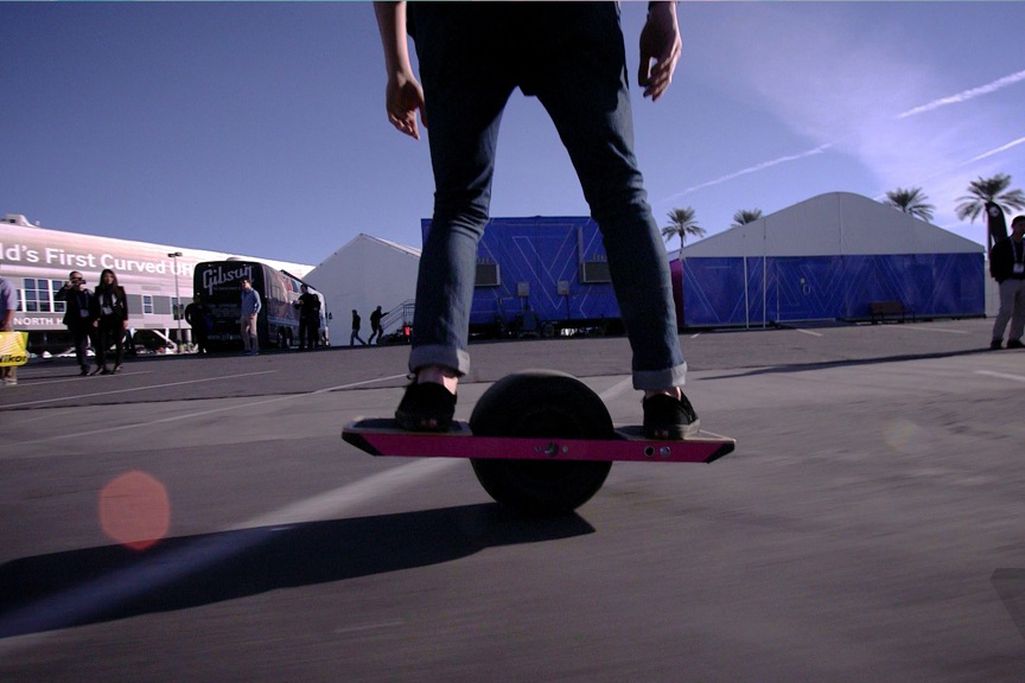We are all familiar with the
drive for efficiency in the world of kitchen appliances and whether you
agree
with the EU dictating the size of light bulb you can use it is worth noting
that big is not always necessarily better and an efficient product could save
you a load of money in the long run.
When our pressure washer died
last month Mrs Todd set about finding a replacement and began by doing an on-line
search. Having been linked onto a catalogue site promising a host of different
products she began making a simple comparison using the quoted power values of
the different machines. This figure was presented clearly for all machines and
as such you might suppose that it was a good measure of the performance of the
washer.
In reality though picking the
high power model could just mean higher running costs. We pay our electricity
bills in units or kilowatt hours (kWh) of electricity used and a 2000w machine
will use 2kWh of electricity every sixty minutes where a 1000w machine will
only use 1kWh. But, in simple terms, if the lower powered machine is twice as
efficient as the more powerful version it will do the job in the same time but only
cost you half as much to do it.
The bottom line is that it is
important whatever appliance you are buying to make sure you compare the right
parameters. For the pressure washer it was a combination of the cubic meters of
water it could move and the pressure it worked at, for a vacuum it would be the
real world air wattage and for a light bulb the lumens (or brightness) it gave
out.
Don’t just assume because a
manufacturer or retailer quotes some figures at you that these are what you
need – always ask about the efficiency of the product and that way the savings
should follow.





